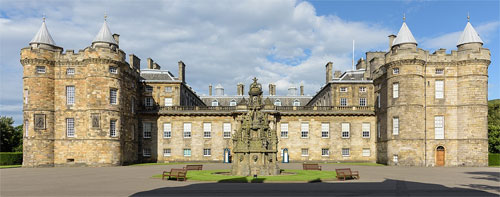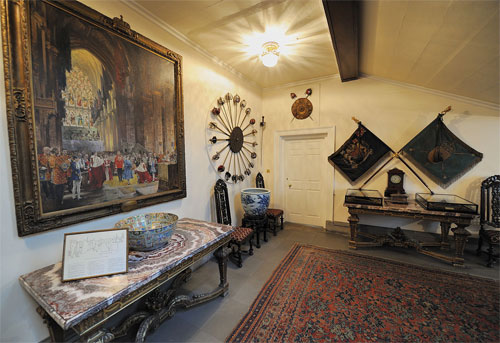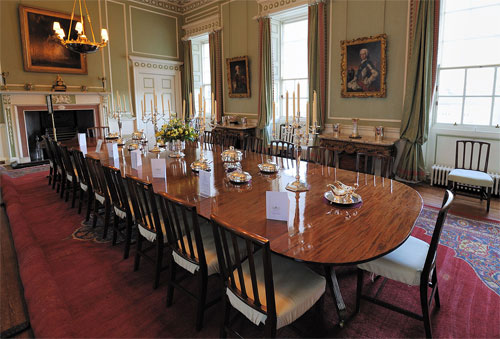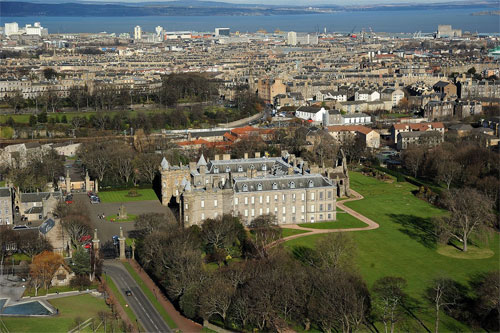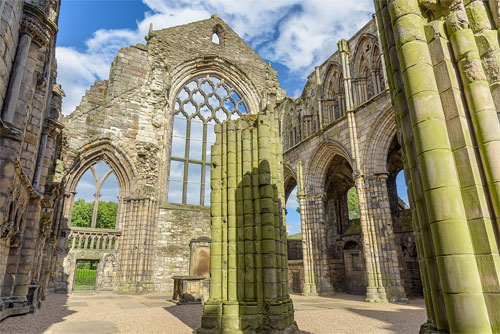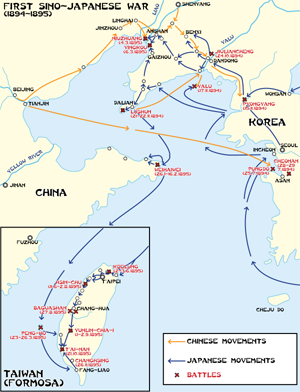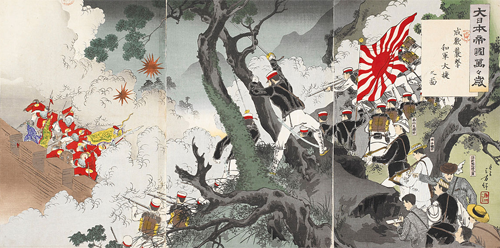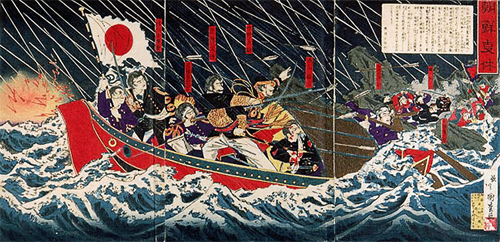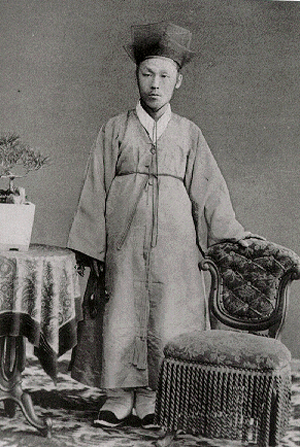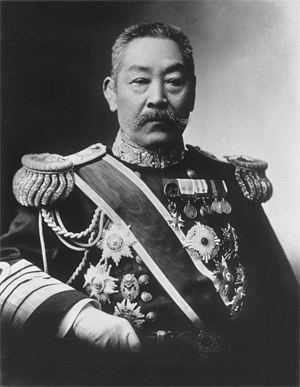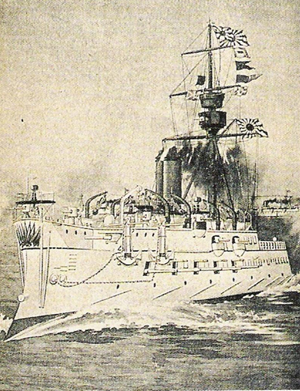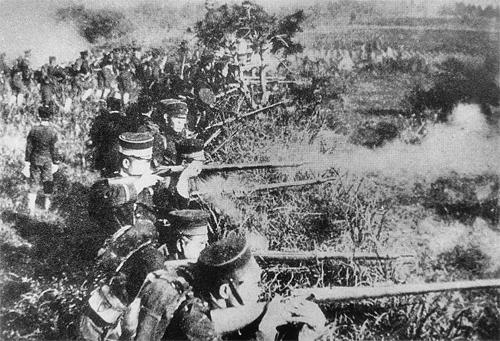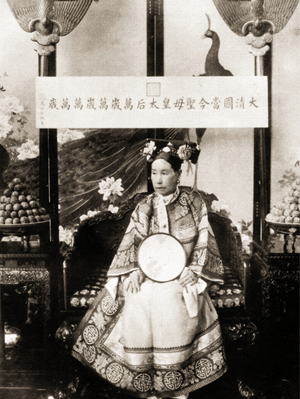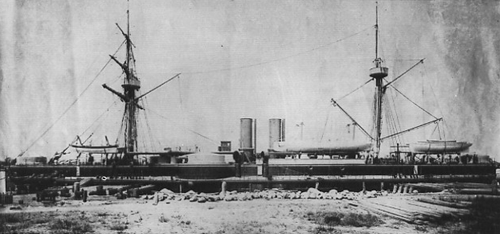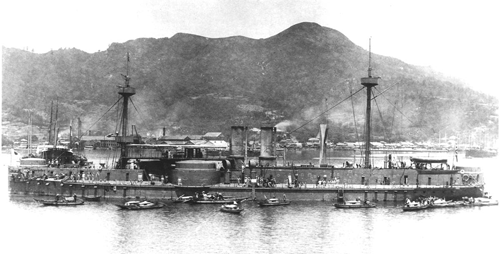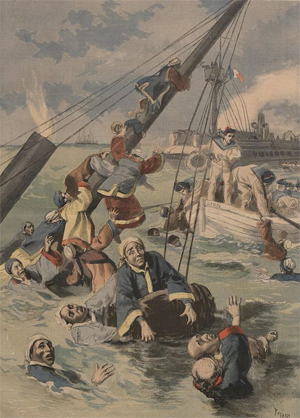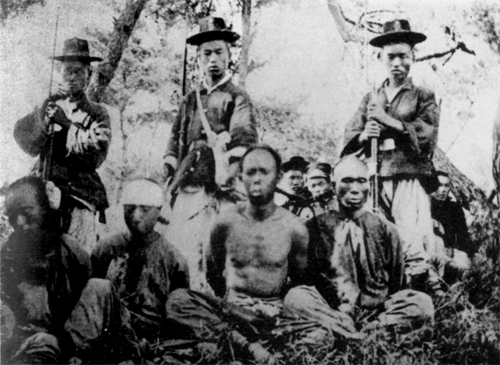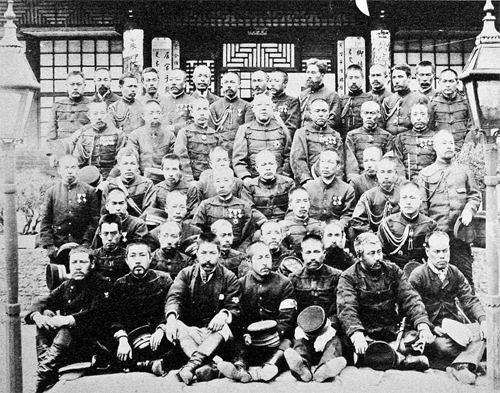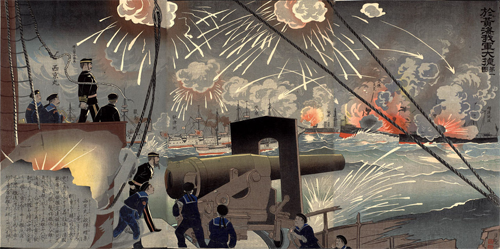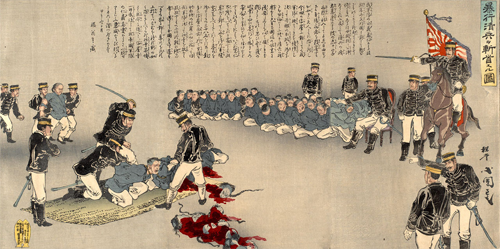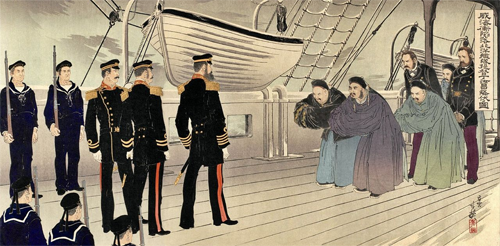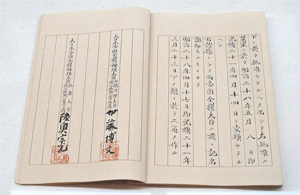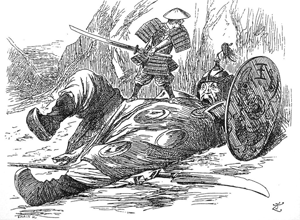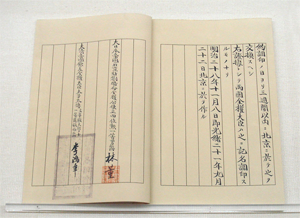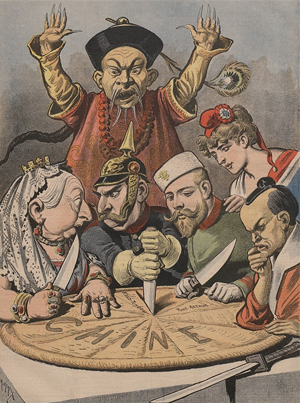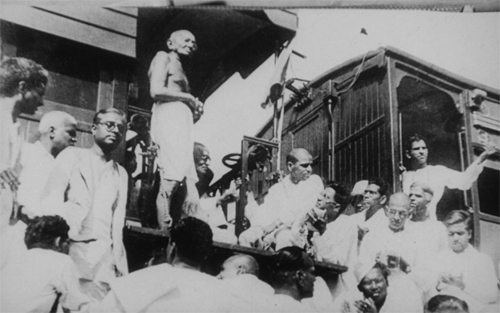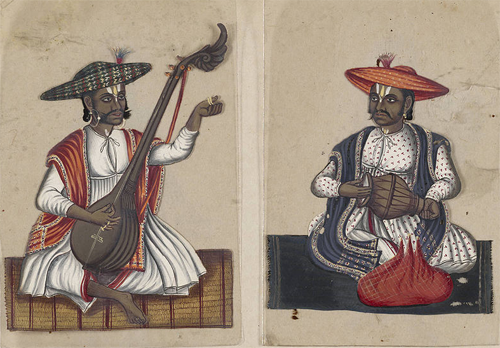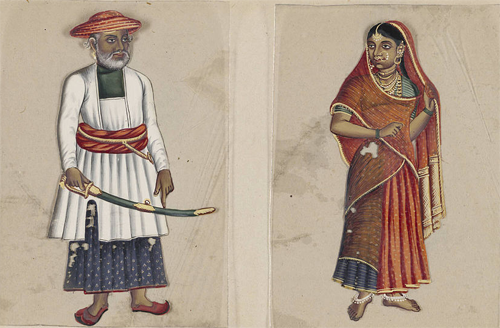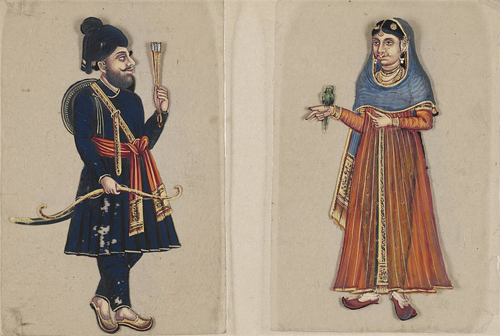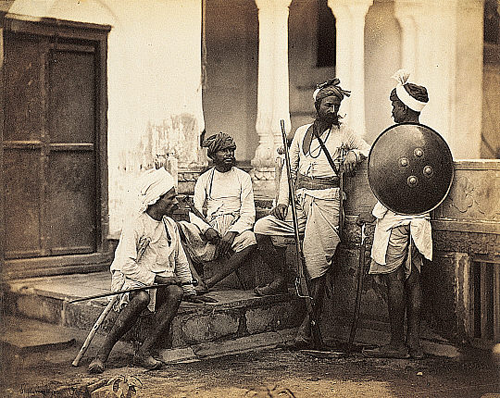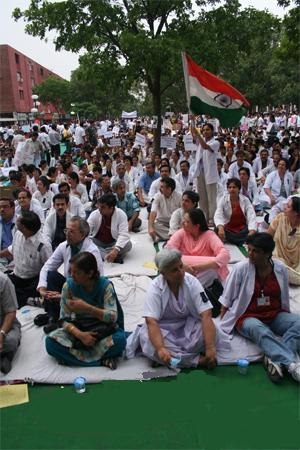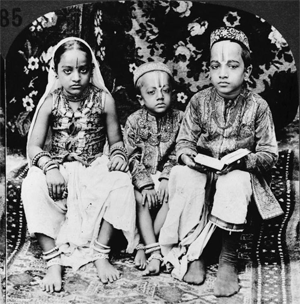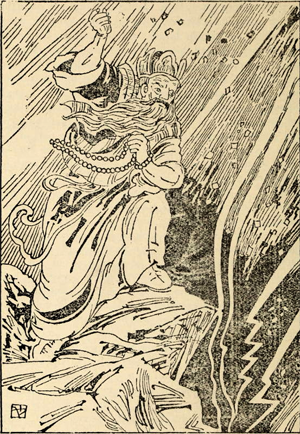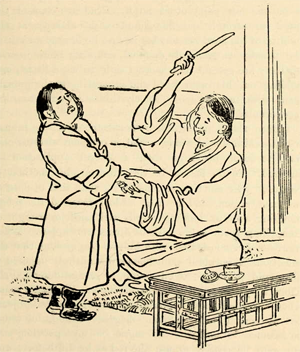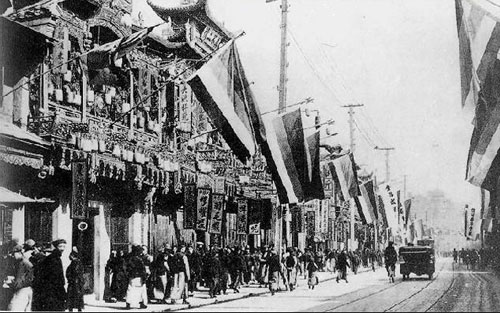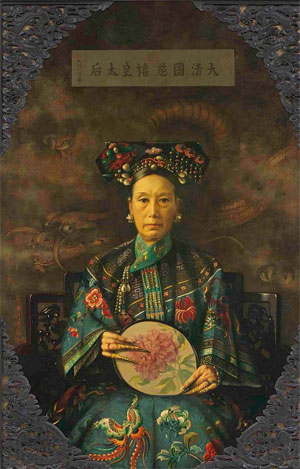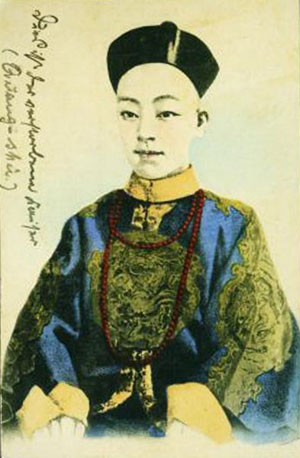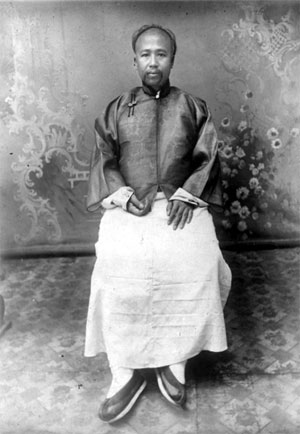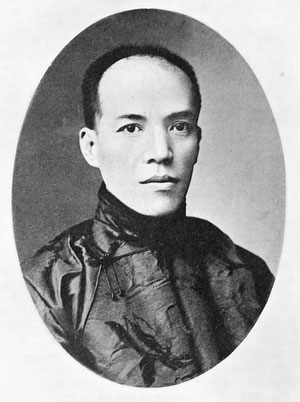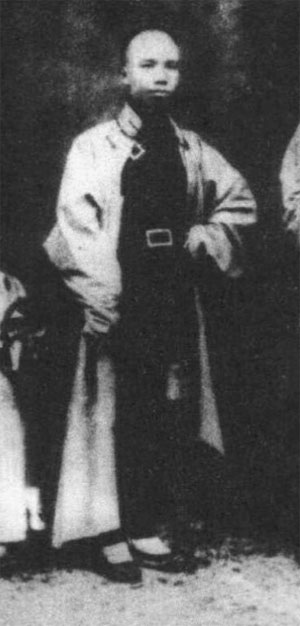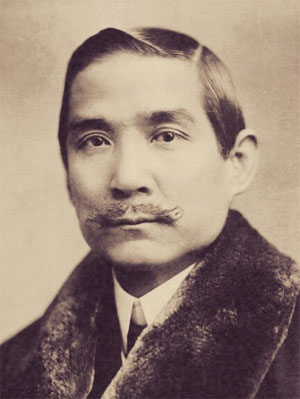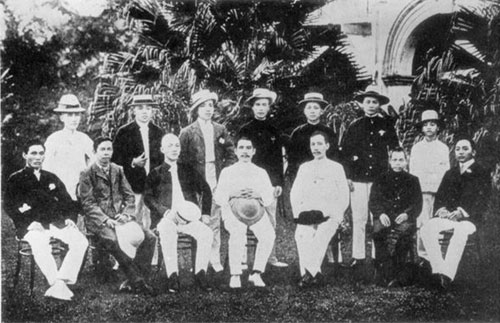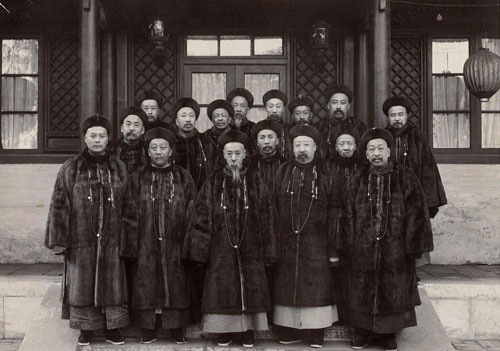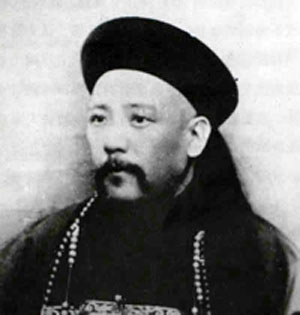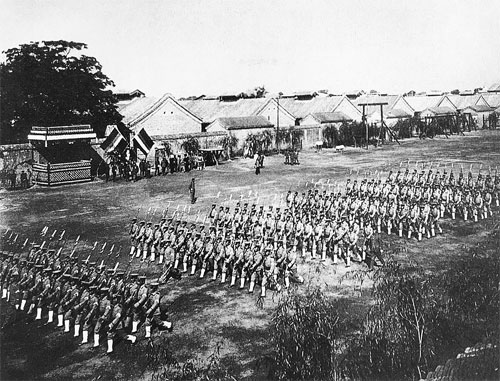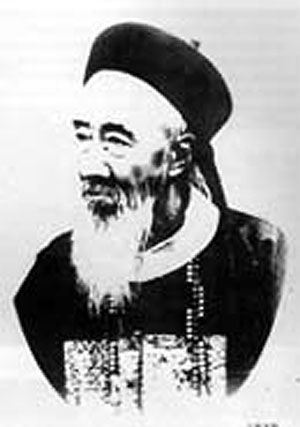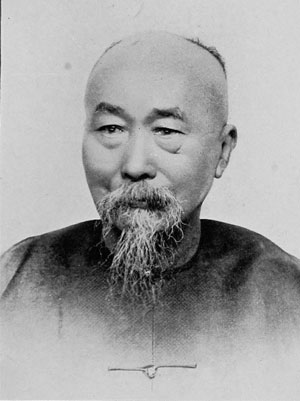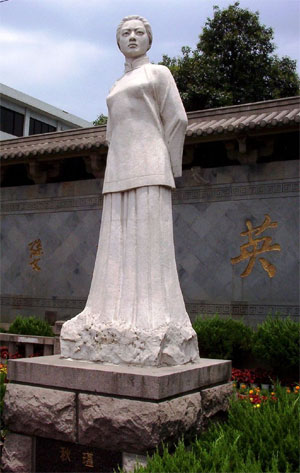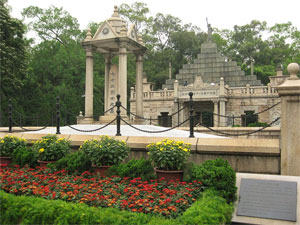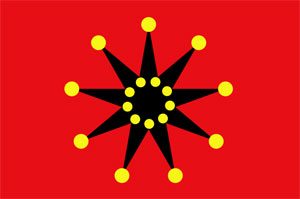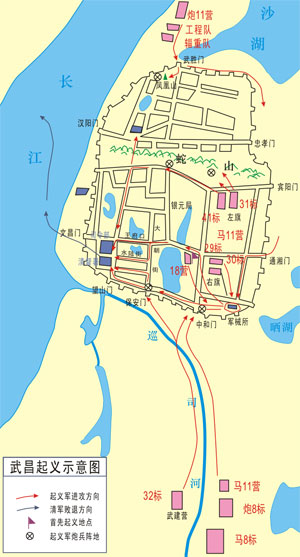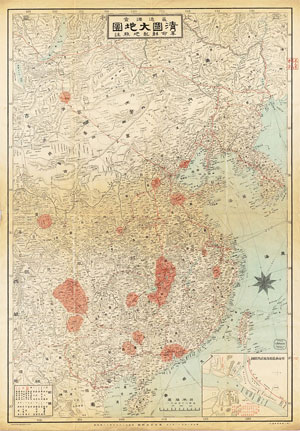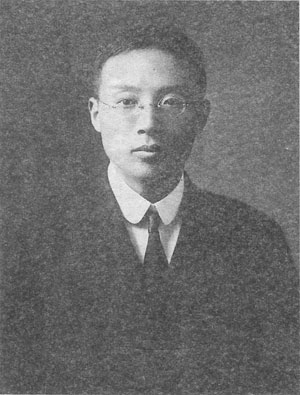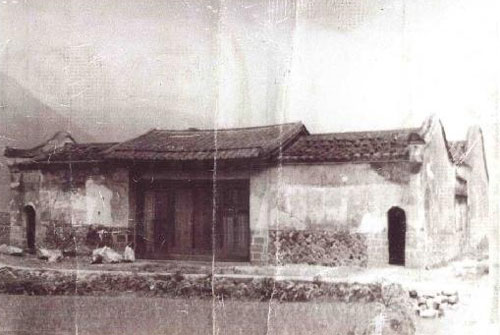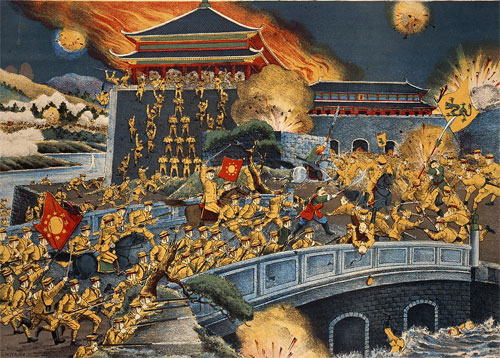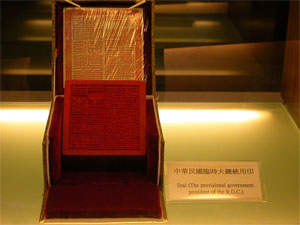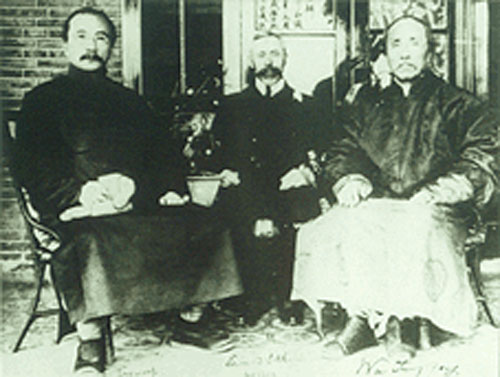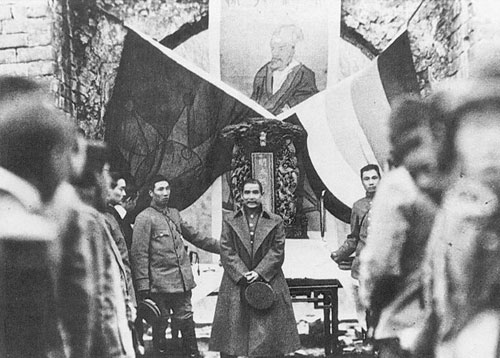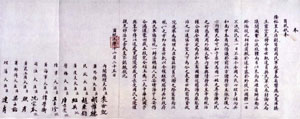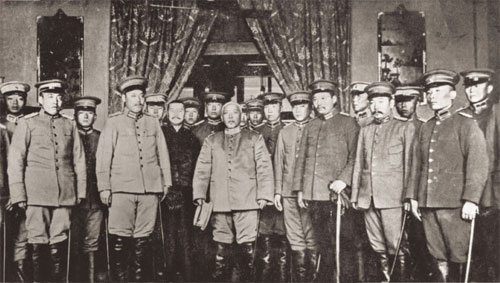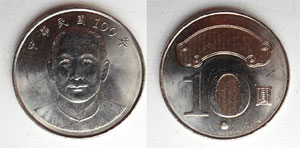Re: Freda Bedi, by Wikipedia
Lord High Commissioner to the General Assembly of the Church of Scotland
by Wikipedia
Accessed: 1/4/20
NOTICE: THIS WORK MAY BE PROTECTED BY COPYRIGHT
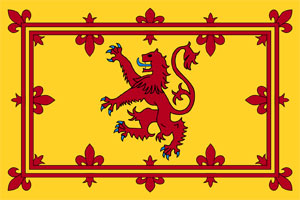
The Royal Banner of Scotland is also the banner of the Lord High Commissioner to the General Assembly of the Church of Scotland
The Lord High Commissioner to the General Assembly of the Church of Scotland is the British Sovereign's personal representative to the General Assembly of the Church of Scotland (the Kirk), reflecting the Church's role as the national church of Scotland and the Sovereign's role as protector and member of that Church.
History
Lord High Commissioners were appointed to the Parliament of the Kingdom of Scotland between 1603 and 1707 as the Sovereign's personal representative. The Act of Union 1707 made this function redundant, but a Lord High Commissioner to the General Assembly of the Church of Scotland has been appointed each year, as the Sovereign's personal representative, since 1690.
Prior to 1929, the General Assembly was held in the former Tolbooth Highland St John's Church on Edinburgh's Royal Mile (this building is no longer used as a church, instead being converted into "The Hub" for the Edinburgh International Festival society), where a Throne was provided for the use of the Lord High Commissioner. The union of the Church of Scotland and the (non-established) United Free Church of Scotland took place in 1929. Since 1930 the General Assembly has always met in the former United Free Church Assembly Hall on The Mound, Edinburgh. The Lord High Commissioner sits on the Throne in the Royal Gallery, which is technically "outside" the Assembly Hall—symbolising the independence of the Church in matters spiritual from state interference. The first Assembly of the newly united church in 1929 was held in halls in Annandale Street, Edinburgh (now a bus garage), the only building large enough. Difficulty in accessing the Royal Gallery in this temporary location led to a seemingly trivial but nevertheless embarrassing dispute over protocol, whereby the Lord High Commissioner (the Duke of York, later King George VI) would have had to enter through the Assembly Hall itself—an act of symbolic state interference in the hard-won spiritual independence of the church. The Moderator, Dr John White, was adamant that this would be unacceptable, even suggesting that the post of Lord High Commissioner could be dispensed with. Eventually a suitable arrangement was agreed upon and the office of Lord High Commissioner has survived.
Functions
The office has always been largely ceremonial. The person appointed invariably has a distinguished record of public service in Scotland as well as having close connections with the church, often being an Elder of the Church of Scotland.
On behalf of the Sovereign, the Lord High Commissioner attends the General Assembly, makes opening and closing addresses to the Assembly, and carries out a number of official visits and ceremonial functions (not all related to the Church of Scotland). At the formal opening of the General Assembly, the Principal Clerk reads out the Royal Warrant appointing the Lord High Commissioner, who is then invited to address the Assembly. All ministers, elders and deacons appointed by Presbyteries to attend the General Assembly are known as "Commissioners" and have voting powers; the Lord High Commissioner, however, has no vote, nor may he/she intervene in debates.
Apart from his/her opening and closing addresses, the Lord High Commissioner makes no further intervention in Assembly debates but will be in daily attendance for at least part of each day's business. Following the Assembly, the Lord High Commissioner personally informs The Queen about the business of the week.
Form of address
While the General Assembly is meeting, the Lord High Commissioner is treated as if a regent. By custom, he or she is addressed as "Your Grace" and is greeted with a bow or curtsey. When the Princess Royal was appointed in 1996, she was styled as "Her Grace" for the duration rather than her normal dynastic style "Her Royal Highness" because the Lord High Commissioner is ranked higher in the order of precedence.
If a woman is appointed to the office, the alternative title "Her Majesty's High Commissioner" may, if requested, be used. Margaret Herbison was the first woman to hold the post (1970 & 1971).
Residence
Since 1834 the Lord High Commissioner has resided at the Palace of Holyroodhouse and gave a garden party for Commissioners to the General Assembly on the Saturday afternoon of Assembly week and other hospitality. He or she is entitled to use the Scottish Royal Banner, and has precedence immediately after the Queen and the Duke of Edinburgh and before the rest of the Royal Family. Even his or her official car receives special treatment and, except for the Queen's, is the only vehicle in the country not to have number plates. However, the plates are re-attached during the closing speech of the Assembly, and the Lord High Commissioner returns to his royal but temporary residence as an ordinary citizen. In recent years, the garden party has been replaced by the "Heart and Soul" event, held in Princes Street Gardens and attended by the Lord High Commissioner.[1]
Household
There is a Household of His Grace the Lord High Commissioner. This includes the Purse Bearer (who is the head of the Household), Chaplain, Aides-de-Camp (three in 1949), a Lady-in-Waiting, Extra Lady-in-Waiting, and Maids of Honour (three in 1949). The Macebearer bears the Lord President's Mace or the Old Exchequer Mace. The Master of the Horse is no longer appointed. The subordinate staff further includes the Assistant to the Purse Bearer, and a Lady's Maid. The Household make no financial demands on the funds of the Church of Scotland, which are devoted exclusively to the Parish and Mission work of the Kirk.
List of Purse Bearers
• 1930–1958: Lt Col Sir Edward Daymonde-Stevenson KCVO MC
• 1959–1960: David Charles Scott-Moncrieff CVO TD WS
• 1961–1969: Sir Alastair Blair KCVO TD JP WS
• 1969–1988: Sir Charles Fraser KCVO
• 1988–2001: Robin Blair LVO WS
• 2001–present: Tom Murray WS
List of Lords High Commissioner
• 1580: The Laird of Lundie & Sir James Balfour of Pittendreich or James Halyburton
• 1581: William Cunningham, 4th Laird of Caprington
• April 1582: Ralph Kerr
• October 1582: James Halyburton & Colonel William Stewart of Houston
• incomplete
• 1639: The Earl of Traquair
• 1640: none
• 1641: The Earl of Wemyss
• 1642: The Earl of Dunfermline
• 1643: Sir Thomas Hope
• 1644–1645: none
• 1646: Letter from the King regretting that no Commissioner could be sent
• 1647–1650: none
• 1651: The Earl of Balcarres
• 1652: none
• 1653: none
• 1653–1690: no General Assembly
• 1690: The Lord Carmichael
• 1692: The Earl of Lothian
• 1694–1699: The Lord Carmichael
• 1700: The Viscount Seafield (became an earl before serving again in 1703)
• 1701: The Earl of Annandale (became a marquess before serving again in 1705 and 1711)
• 1702: The Earl of Marchmont
• 1703: The Earl of Seafield (succeeded as Earl of Findlater before serving again in 1724)
• 1704: The Lord Ross
• 1705: The Marquess of Annandale
• 1706–1710: The 1st Earl of Glasgow
• 1711: The Marquess of Annandale
• 1712–1714: The 1st Duke of Atholl
• 1715–1721: The Earl of Rothes
• 1722: The Earl of Loudoun
• 1723: The 1st Earl of Hopetoun
• 1724: The Earl of Findlater
• 1725–1726: The Earl of Loudoun
• 1727: The Earl of Findlater
• 1728: The Earl of Loudoun
• 1729: The Earl of Buchan
• 1730–1731: The Earl of Loudoun
• 1732–1738: The Marquess of Lothian
• 1739–1740: The Earl of Hyndford
• 1741–1753: The 5th Earl of Leven
• 1754: The 2nd Earl of Hopetoun
• 1755–1763: The Lord Cathcart
• 1764–1772: The 3rd Earl of Glasgow
• 1773–1776: The Lord Cathcart
• 1777–1782: The Earl of Dalhousie
• 1783–1801: The 6th Earl of Leven
• 1802–1816: The Lord Napier
• 1817–1818: The Earl of Erroll
• 1819–1824: The Earl of Morton
• 1825–1830: The Lord Forbes
• 1831–1841: The Lord Belhaven and Stenton
• 1842–1846: The Marquess of Bute
• 1847–1851: The Lord Belhaven and Stenton
• 1852: The Earl of Mansfield and Mansfield
• 1853–1857: The Lord Belhaven and Stenton
• 1858–1859: The Earl of Mansfield and Mansfield
• 1860–1866: The Lord Belhaven and Stenton
• 1867–1868: The Earl of Haddington
• 1869–1871: The 10th Earl of Stair
• 1872–1873: The Earl of Airlie
• 1874–1875: The Earl of Rosslyn
• 1876–1877: The Earl of Galloway
• 1878–1880: The Earl of Rosslyn
• 1881–1885: The Earl of Aberdeen
• 1886: The Lord Thurlow
• 1887–1889: The 7th Earl of Hopetoun
• 1889–1892: The Marquess of Tweeddale
• 1893–1895: The Marquess of Breadalbane
• 1896–1897: The Marquess of Tweeddale
• 1898–1906: The 11th Earl of Leven[2][3]
• 1907–1909: The 11th Lord Kinnaird
• 1910: The 11th Earl of Stair
• 1911–1914: The Lord Glenconner
• 1915: The Earl of Aberdeen
• 1916–1917: The 5th Duke of Montrose
• 1918–1920: The 8th Duke of Atholl
• 1921–1922: The Duke of Sutherland
• 1923: The Lord Elphinstone
• 1924: James Brown MP (made a privy counsellor before serving again in 1930)
• 1925–1926: The 10th Earl of Elgin
• 1927–1928: The 12th Earl of Stair
• 1929: The Duke of York (later George VI)
• 1930–1931: James Brown MP
• 1932: Sir Iain Colquhoun
• 1933–1934: John Buchan
• 1935: The Duke of Kent
• 1936–1937: The 12th Lord Kinnaird
• 1938–1939: Lt Col Sir John Gilmour, 2nd Bt
• 1940–1941: Sir Iain Colquhoun
• 1942–1943: The 6th Duke of Montrose
• 1944–1945: The Marquess of Linlithgow
• 1946–1947: George Mathers MP (made a privy counsellor before serving again in 1948)
• 1948: George Mathers MP
• 1949: The Duke of Gloucester
• 1950: The Viscount Cunningham of Hyndhope
• 1951: George Mathers MP
• 1952: The Viscount Cunningham of Hyndhope
• 1953–1955: The Duke of Hamilton
• 1956–1957: Walter Elliot MP
• 1958: The Duke of Hamilton
• 1959–1960: The Earl of Wemyss and March
• 1961–1963: The Duke of Gloucester
• 1964: General Sir Richard O'Connor
• 1965–1966: Lord Birsay
• 1967–1968: The Lord Reith
• 1969: The Queen attended in person
• 1970: Peggy Herbison
• 1971–1972: The Lord Clydesmuir
• 1973–1974: The Lord Ballantrae
• 1975–1976: Sir Hector MacLennan
• 1977: The Earl of Wemyss and March
• 1978–1979: Willie Ross (former Secretary of State for Scotland)
• 1980–1981: The 11th Earl of Elgin
• 1982–1983: Col Sir John Gilmour, 3rd Bt
• 1984–1985: The Lord Maclean
• 1986–1987: The Viscount of Arbuthnott
• 1988–1989: Captain Sir Iain Tennant
• 1990–1991: Lord Ross, Lord Justice Clerk
• 1992–1993: The Lord Macfarlane of Bearsden
• 1994–1995: Lady Fraser
• 1996: The Princess Royal
• 1997: The Lord Macfarlane of Bearsden
• 1998–1999: The Lord Hogg of Cumbernauld
• 2000: The Prince Charles, Duke of Rothesay
• 2001: The Viscount Younger of Leckie (former Secretary of State for Scotland)
• 2002: The Queen attended in person
• 2003–2004: The Lord Steel of Aikwood (former Presiding Officer of the Scottish Parliament and former Leader of the Liberal Democrats)
• 2005–2006: The Lord Mackay of Clashfern (former Lord Chancellor)
• 2007: The Earl of Inverness
• 2008–2009:[4] George Reid (former Presiding Officer of the Scottish Parliament)
• 2010–2011: The Lord Wilson of Tillyorn (former Governor of Hong Kong)
• 2012–2013: The Lord Selkirk of Douglas
• 2014: The Earl of Wessex[5]
• 2015–2016: The Lord Hope of Craighead [6]
• 2017: The Princess Royal
• 2018–2019: The Duke of Buccleuch and Queensberry
See also
• Supreme Governor of the Church of England
• List of Moderators of the General Assembly of the Church of Scotland
• Order of precedence in Scotland
• Lord Lieutenant
• Lord High Commissioner to the Parliament of Scotland
References
1. Heart and Soul 2016.
2. "No. 27310". The London Gazette. 3 May 1901. p. 3033.
3. "No. 27428". The London Gazette. 25 April 1902. p. 2789.
4. Appointment of Lord High Commissioner for 2009 Archived 2008-12-09 at the UK Government Web Archive
5. Number 10 – Lord High Commissioner to the General Assembly of the Church of Scotland 2014 (Accessed 8 December 2013)
6. Queen Appoints senior judge as Lord High Commissioner to the General Assembly.
• Church of Scotland website
by Wikipedia
Accessed: 1/4/20
NOTICE: THIS WORK MAY BE PROTECTED BY COPYRIGHT
YOU ARE REQUIRED TO READ THE COPYRIGHT NOTICE AT THIS LINK BEFORE YOU READ THE FOLLOWING WORK, THAT IS AVAILABLE SOLELY FOR PRIVATE STUDY, SCHOLARSHIP OR RESEARCH PURSUANT TO 17 U.S.C. SECTION 107 AND 108. IN THE EVENT THAT THE LIBRARY DETERMINES THAT UNLAWFUL COPYING OF THIS WORK HAS OCCURRED, THE LIBRARY HAS THE RIGHT TO BLOCK THE I.P. ADDRESS AT WHICH THE UNLAWFUL COPYING APPEARED TO HAVE OCCURRED. THANK YOU FOR RESPECTING THE RIGHTS OF COPYRIGHT OWNERS.

The Royal Banner of Scotland is also the banner of the Lord High Commissioner to the General Assembly of the Church of Scotland
The Lord High Commissioner to the General Assembly of the Church of Scotland is the British Sovereign's personal representative to the General Assembly of the Church of Scotland (the Kirk), reflecting the Church's role as the national church of Scotland and the Sovereign's role as protector and member of that Church.
History
Lord High Commissioners were appointed to the Parliament of the Kingdom of Scotland between 1603 and 1707 as the Sovereign's personal representative. The Act of Union 1707 made this function redundant, but a Lord High Commissioner to the General Assembly of the Church of Scotland has been appointed each year, as the Sovereign's personal representative, since 1690.
Prior to 1929, the General Assembly was held in the former Tolbooth Highland St John's Church on Edinburgh's Royal Mile (this building is no longer used as a church, instead being converted into "The Hub" for the Edinburgh International Festival society), where a Throne was provided for the use of the Lord High Commissioner. The union of the Church of Scotland and the (non-established) United Free Church of Scotland took place in 1929. Since 1930 the General Assembly has always met in the former United Free Church Assembly Hall on The Mound, Edinburgh. The Lord High Commissioner sits on the Throne in the Royal Gallery, which is technically "outside" the Assembly Hall—symbolising the independence of the Church in matters spiritual from state interference. The first Assembly of the newly united church in 1929 was held in halls in Annandale Street, Edinburgh (now a bus garage), the only building large enough. Difficulty in accessing the Royal Gallery in this temporary location led to a seemingly trivial but nevertheless embarrassing dispute over protocol, whereby the Lord High Commissioner (the Duke of York, later King George VI) would have had to enter through the Assembly Hall itself—an act of symbolic state interference in the hard-won spiritual independence of the church. The Moderator, Dr John White, was adamant that this would be unacceptable, even suggesting that the post of Lord High Commissioner could be dispensed with. Eventually a suitable arrangement was agreed upon and the office of Lord High Commissioner has survived.
Functions
The office has always been largely ceremonial. The person appointed invariably has a distinguished record of public service in Scotland as well as having close connections with the church, often being an Elder of the Church of Scotland.
On behalf of the Sovereign, the Lord High Commissioner attends the General Assembly, makes opening and closing addresses to the Assembly, and carries out a number of official visits and ceremonial functions (not all related to the Church of Scotland). At the formal opening of the General Assembly, the Principal Clerk reads out the Royal Warrant appointing the Lord High Commissioner, who is then invited to address the Assembly. All ministers, elders and deacons appointed by Presbyteries to attend the General Assembly are known as "Commissioners" and have voting powers; the Lord High Commissioner, however, has no vote, nor may he/she intervene in debates.
Apart from his/her opening and closing addresses, the Lord High Commissioner makes no further intervention in Assembly debates but will be in daily attendance for at least part of each day's business. Following the Assembly, the Lord High Commissioner personally informs The Queen about the business of the week.
Form of address
While the General Assembly is meeting, the Lord High Commissioner is treated as if a regent. By custom, he or she is addressed as "Your Grace" and is greeted with a bow or curtsey. When the Princess Royal was appointed in 1996, she was styled as "Her Grace" for the duration rather than her normal dynastic style "Her Royal Highness" because the Lord High Commissioner is ranked higher in the order of precedence.
If a woman is appointed to the office, the alternative title "Her Majesty's High Commissioner" may, if requested, be used. Margaret Herbison was the first woman to hold the post (1970 & 1971).
Residence
-- Holyrood Palace, by Wikipedia
Since 1834 the Lord High Commissioner has resided at the Palace of Holyroodhouse and gave a garden party for Commissioners to the General Assembly on the Saturday afternoon of Assembly week and other hospitality. He or she is entitled to use the Scottish Royal Banner, and has precedence immediately after the Queen and the Duke of Edinburgh and before the rest of the Royal Family. Even his or her official car receives special treatment and, except for the Queen's, is the only vehicle in the country not to have number plates. However, the plates are re-attached during the closing speech of the Assembly, and the Lord High Commissioner returns to his royal but temporary residence as an ordinary citizen. In recent years, the garden party has been replaced by the "Heart and Soul" event, held in Princes Street Gardens and attended by the Lord High Commissioner.[1]
Household
There is a Household of His Grace the Lord High Commissioner. This includes the Purse Bearer (who is the head of the Household), Chaplain, Aides-de-Camp (three in 1949), a Lady-in-Waiting, Extra Lady-in-Waiting, and Maids of Honour (three in 1949). The Macebearer bears the Lord President's Mace or the Old Exchequer Mace. The Master of the Horse is no longer appointed. The subordinate staff further includes the Assistant to the Purse Bearer, and a Lady's Maid. The Household make no financial demands on the funds of the Church of Scotland, which are devoted exclusively to the Parish and Mission work of the Kirk.
List of Purse Bearers
• 1930–1958: Lt Col Sir Edward Daymonde-Stevenson KCVO MC
• 1959–1960: David Charles Scott-Moncrieff CVO TD WS
• 1961–1969: Sir Alastair Blair KCVO TD JP WS
• 1969–1988: Sir Charles Fraser KCVO
• 1988–2001: Robin Blair LVO WS
• 2001–present: Tom Murray WS
List of Lords High Commissioner
• 1580: The Laird of Lundie & Sir James Balfour of Pittendreich or James Halyburton
• 1581: William Cunningham, 4th Laird of Caprington
• April 1582: Ralph Kerr
• October 1582: James Halyburton & Colonel William Stewart of Houston
• incomplete
• 1639: The Earl of Traquair
• 1640: none
• 1641: The Earl of Wemyss
• 1642: The Earl of Dunfermline
• 1643: Sir Thomas Hope
• 1644–1645: none
• 1646: Letter from the King regretting that no Commissioner could be sent
• 1647–1650: none
• 1651: The Earl of Balcarres
• 1652: none
• 1653: none
• 1653–1690: no General Assembly
• 1690: The Lord Carmichael
• 1692: The Earl of Lothian
• 1694–1699: The Lord Carmichael
• 1700: The Viscount Seafield (became an earl before serving again in 1703)
• 1701: The Earl of Annandale (became a marquess before serving again in 1705 and 1711)
• 1702: The Earl of Marchmont
• 1703: The Earl of Seafield (succeeded as Earl of Findlater before serving again in 1724)
• 1704: The Lord Ross
• 1705: The Marquess of Annandale
• 1706–1710: The 1st Earl of Glasgow
• 1711: The Marquess of Annandale
• 1712–1714: The 1st Duke of Atholl
• 1715–1721: The Earl of Rothes
• 1722: The Earl of Loudoun
• 1723: The 1st Earl of Hopetoun
• 1724: The Earl of Findlater
• 1725–1726: The Earl of Loudoun
• 1727: The Earl of Findlater
• 1728: The Earl of Loudoun
• 1729: The Earl of Buchan
• 1730–1731: The Earl of Loudoun
• 1732–1738: The Marquess of Lothian
• 1739–1740: The Earl of Hyndford
• 1741–1753: The 5th Earl of Leven
• 1754: The 2nd Earl of Hopetoun
• 1755–1763: The Lord Cathcart
• 1764–1772: The 3rd Earl of Glasgow
• 1773–1776: The Lord Cathcart
• 1777–1782: The Earl of Dalhousie
• 1783–1801: The 6th Earl of Leven
• 1802–1816: The Lord Napier
• 1817–1818: The Earl of Erroll
• 1819–1824: The Earl of Morton
• 1825–1830: The Lord Forbes
• 1831–1841: The Lord Belhaven and Stenton
• 1842–1846: The Marquess of Bute
• 1847–1851: The Lord Belhaven and Stenton
• 1852: The Earl of Mansfield and Mansfield
• 1853–1857: The Lord Belhaven and Stenton
• 1858–1859: The Earl of Mansfield and Mansfield
• 1860–1866: The Lord Belhaven and Stenton
• 1867–1868: The Earl of Haddington
• 1869–1871: The 10th Earl of Stair
• 1872–1873: The Earl of Airlie
• 1874–1875: The Earl of Rosslyn
• 1876–1877: The Earl of Galloway
• 1878–1880: The Earl of Rosslyn
• 1881–1885: The Earl of Aberdeen
• 1886: The Lord Thurlow
• 1887–1889: The 7th Earl of Hopetoun
• 1889–1892: The Marquess of Tweeddale
• 1893–1895: The Marquess of Breadalbane
• 1896–1897: The Marquess of Tweeddale
• 1898–1906: The 11th Earl of Leven[2][3]
• 1907–1909: The 11th Lord Kinnaird
• 1910: The 11th Earl of Stair
• 1911–1914: The Lord Glenconner
• 1915: The Earl of Aberdeen
• 1916–1917: The 5th Duke of Montrose
• 1918–1920: The 8th Duke of Atholl
• 1921–1922: The Duke of Sutherland
• 1923: The Lord Elphinstone
• 1924: James Brown MP (made a privy counsellor before serving again in 1930)
• 1925–1926: The 10th Earl of Elgin
• 1927–1928: The 12th Earl of Stair
• 1929: The Duke of York (later George VI)
• 1930–1931: James Brown MP
• 1932: Sir Iain Colquhoun
• 1933–1934: John Buchan
• 1935: The Duke of Kent
• 1936–1937: The 12th Lord Kinnaird
• 1938–1939: Lt Col Sir John Gilmour, 2nd Bt
• 1940–1941: Sir Iain Colquhoun
• 1942–1943: The 6th Duke of Montrose
• 1944–1945: The Marquess of Linlithgow
• 1946–1947: George Mathers MP (made a privy counsellor before serving again in 1948)
• 1948: George Mathers MP
• 1949: The Duke of Gloucester
• 1950: The Viscount Cunningham of Hyndhope
• 1951: George Mathers MP
• 1952: The Viscount Cunningham of Hyndhope
• 1953–1955: The Duke of Hamilton
• 1956–1957: Walter Elliot MP
• 1958: The Duke of Hamilton
• 1959–1960: The Earl of Wemyss and March
• 1961–1963: The Duke of Gloucester
• 1964: General Sir Richard O'Connor
• 1965–1966: Lord Birsay
• 1967–1968: The Lord Reith
• 1969: The Queen attended in person
• 1970: Peggy Herbison
• 1971–1972: The Lord Clydesmuir
• 1973–1974: The Lord Ballantrae
• 1975–1976: Sir Hector MacLennan
• 1977: The Earl of Wemyss and March
• 1978–1979: Willie Ross (former Secretary of State for Scotland)
• 1980–1981: The 11th Earl of Elgin
• 1982–1983: Col Sir John Gilmour, 3rd Bt
• 1984–1985: The Lord Maclean
• 1986–1987: The Viscount of Arbuthnott
• 1988–1989: Captain Sir Iain Tennant
• 1990–1991: Lord Ross, Lord Justice Clerk
• 1992–1993: The Lord Macfarlane of Bearsden
• 1994–1995: Lady Fraser
• 1996: The Princess Royal
• 1997: The Lord Macfarlane of Bearsden
• 1998–1999: The Lord Hogg of Cumbernauld
• 2000: The Prince Charles, Duke of Rothesay
• 2001: The Viscount Younger of Leckie (former Secretary of State for Scotland)
• 2002: The Queen attended in person
• 2003–2004: The Lord Steel of Aikwood (former Presiding Officer of the Scottish Parliament and former Leader of the Liberal Democrats)
• 2005–2006: The Lord Mackay of Clashfern (former Lord Chancellor)
• 2007: The Earl of Inverness
• 2008–2009:[4] George Reid (former Presiding Officer of the Scottish Parliament)
• 2010–2011: The Lord Wilson of Tillyorn (former Governor of Hong Kong)
• 2012–2013: The Lord Selkirk of Douglas
• 2014: The Earl of Wessex[5]
• 2015–2016: The Lord Hope of Craighead [6]
• 2017: The Princess Royal
• 2018–2019: The Duke of Buccleuch and Queensberry
See also
• Supreme Governor of the Church of England
• List of Moderators of the General Assembly of the Church of Scotland
• Order of precedence in Scotland
• Lord Lieutenant
• Lord High Commissioner to the Parliament of Scotland
References
1. Heart and Soul 2016.
2. "No. 27310". The London Gazette. 3 May 1901. p. 3033.
3. "No. 27428". The London Gazette. 25 April 1902. p. 2789.
4. Appointment of Lord High Commissioner for 2009 Archived 2008-12-09 at the UK Government Web Archive
5. Number 10 – Lord High Commissioner to the General Assembly of the Church of Scotland 2014 (Accessed 8 December 2013)
6. Queen Appoints senior judge as Lord High Commissioner to the General Assembly.
• Church of Scotland website
